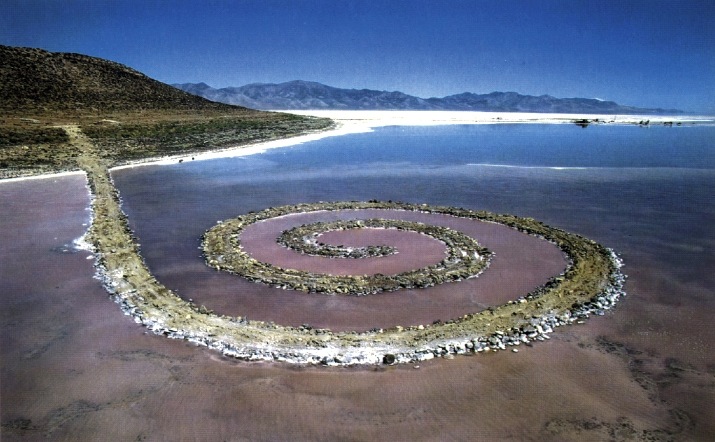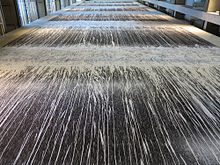Feminist art is by women artists made consciously in the light of developments in feminist art theory in the early 1970's. The movement emerged in the late 1960's amidst the fervour of anti war demonstrations as well as civil and queer rights movements.
Key ideas
Feminist artists sought to create a dialogue between the viewer and the artwork through the inclusion of women's perspective. Art was to merely an object for aesthetic admiration, but could also incite the viewer to question the social and political landscape, and through this questioning, possibly affect the world and incite change towards equality.
Before feminism, the majority of women artists were denied exhibitions and gallery representation based on the sole fact of their gender. Feminist artists created alternate venues as well as worked to changed established institutions' policies to promote women artists visibility within the art world.
Feminist artists often embraced alternative media, incorporating fabric, fibre, performance and video as these materials did not have the same historical male dominated precedent that painting and sculpture carried. By using these non traditional media, they sought to expand the definition of fine arts to include a wider variety of media and artistic perspectives.
Mary Kelly
Mary Kelly has contributed extensively to the discourse of feminism and post-modernism through her large-scale narrative installations and theoretical writings. Kelly’s work mediates between conceptual art and the more intimate interests of artists of the 1980's. Her work has been exhibited internationally and she is considered among the most influential contemporary artists working today.
Linda Sterling
Linda Sterling is a visual artist who creates photo montages. Taking one image as base image and adding another / part of another picture/ maybe an object on top to hide a key part of the image underneath. Her artistic work is very media related and was mainly vexed in the idea of glamour / sinister lure or spell. Sterling's images are mainly of people but recently are of food, objects and surfaces.
Cindy Sherman
Cindy Sherman is an American photographer, she studied art at Buffalo State College, concentrating on photography, which she maintained is the appropriate medium of expression in our media dominated civilisation. Her photography are portraits of herself in various scenarios that parody stereotypes of woman. A panoply of characters and settings is drawn from sources of popular culture: old movies, television soaps and pulp magazines. She rapidly rose to celebrity status in the international art world during the early 1980's with the presentation of a series of untitled 'film stills' in various group and solo exhibitions.

Suzanne Lacy
She declared that the goal of feminist art was to 'influence cultural attitudes and transform stereotypes'. There is no singular medium or styles that unites feminist artists, as they often combined aspects from various movements and media, including conceptual art, body art, and video art into works that presented a message about women's experience and the need for gender equality.


.jpg/300px-An_Oak_Tree_(conceptual_art_installation).jpg)










